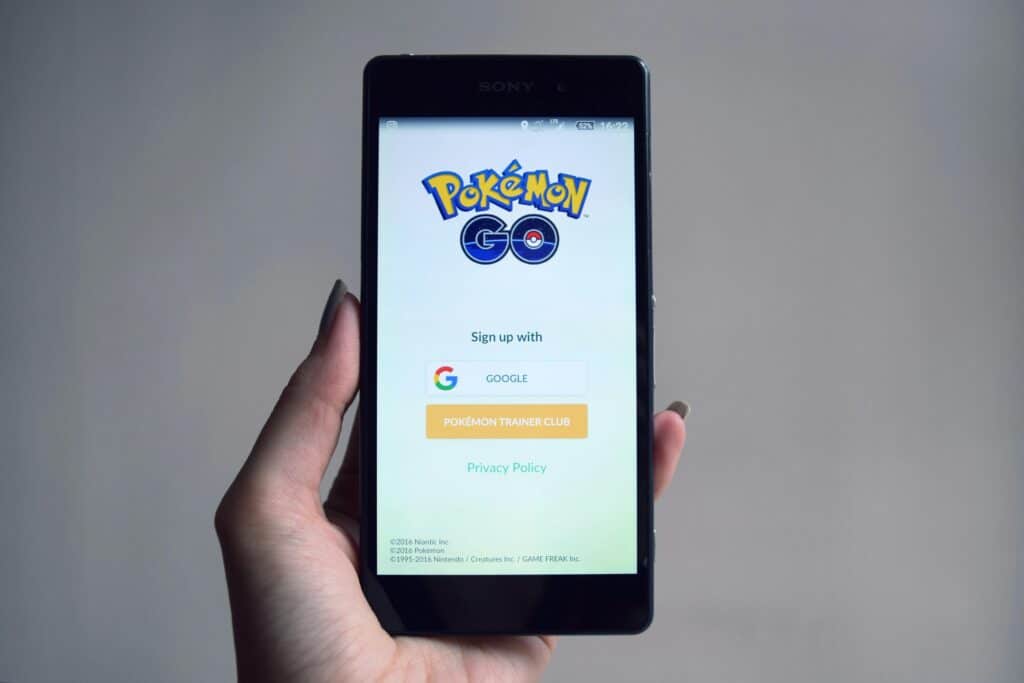Augmented reality (AR) has the ability to transform the landscape of public relations and marketing, offering brands innovative ways to engage with their audiences. By blending digital elements with the physical world, AR allows companies to create immersive, interactive experiences that enhance storytelling, boost brand visibility, and deepen customer connections in ways traditional media can’t match.
What exactly is augmented reality? AR is a technology that overlays digital information – like images, sounds, or data – onto the real world, usually through a screen or special glasses. It enhances what you see around you with virtual elements customized to your liking. Here are four ways you and your clients can utilize this growing, interactive marketing approach to stand out from the competition and create a more memorable experience for your audience.
-
Enhancing Customer Interest
AR offers an interactive way for brands to engage with consumers by blending the digital and physical in real time through your phone or tablet. One of the most effective ways to use AR in marketing is through interactive filters, which not only capture your audience’s attention but also create memorable experiences. Businesses in various industries are increasingly leveraging AR features on popular social platforms like Instagram, Facebook, TikTok, and Snapchat.
A great example of AR’s effectiveness is Starbucks’ interactive Snapchat ad, which invites users to shake their phone and reveal a fun, animated preview of their latest seasonal beverage. With its vibrant visuals, branded imagery, and simple yet engaging instructions, the campaign captures the audience’s interest in a way that’s more memorable than traditional billboards or digital ads. This type of interactive experience leaves a lasting impression, encouraging users to return for more.
-
Bringing Products to Life
AR is effective for simplifying complex product announcements. Instead of relying on text-heavy explanations or long winded presentations, brands can use AR to bring intricate details to life in
a dynamic, easy-to-understand format. Whether it’s visualizing a product in 3D, demonstrating new features in an interactive way, or simulating real-world scenarios, AR makes even the most complicated updates visually appealing and accessible. AR can even transform everyday tasks, making it easy to see which Warby Parker glasses suit you best or visualize which IKEA furniture will complement your living room best. This brand engagement not only enhances the customer experience but also builds trust by making information easier to digest and helping to simplify the purchase decision process.
-
Data Drive Insights
Software like Spark AR and Lens Studio can track audience engagement and usage, providing valuable analytics that help refine messaging, improve future campaigns, and demonstrate ROI to stakeholders. Over 600 million people are using Instagram, Facebook and Snapchat filters every month, brands and creators alike can leverage this data to optimize campaigns and reach the demographic groups that are interacting with their content the most.
-
Elevating Corporate Events
Clients can leverage AR at industry conferences, trade shows, and corporate events to deliver immersive, branded experiences that captivate attendees, offer real-time information, and foster meaningful connections with key partners and clients. For example, AR could be used to virtually tour a new facility or provide an interactive walkthrough of a newly launched product, enhancing engagement and leaving a lasting impression.
A prime example of a brand seamlessly blending the digital and physical worlds is Gucci’s virtual try-on event. In 2023, Gucci introduced a personalized AR ring try-on experience for Valentine’s Day, allowing customers to visualize how different ring cuts and sizes would look on their fingers using a custom AR filter, created in partnership with Kivisense, directly on their smartphones. While simple in concept, the experience drove an impressive 3.5X increase in sales, showcasing the power of interactive, personalized AR in driving consumer engagement and purchase behavior.
Augmented reality is revolutionizing the way brands connect with their audiences, offering innovative ways to enhance engagement, simplify complex information, gather valuable insights, and elevate brand experiences. As this technology continues to evolve, its applications in marketing will only grow, making it an essential tool for companies looking to remain competitive and memorable in the eyes of their audience. Embracing AR today could be the key to unlocking the future of creative advertising and branding.

